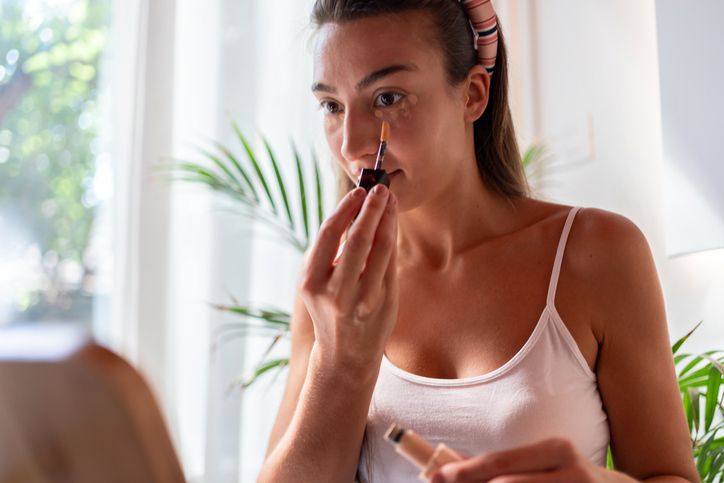- Home
- Trend
- Weight Loss Strategies
- Acne Tips
- Hair Health Information
- Blemish Removal Tips
- Acne Scar Removal Tips
- Muscle Building Techniques
- Intimate Care Tips
- Postpartum Intimate Care
- Eye Bags Wiki
- Tips for Face Slimming
- Secret of Permanent Hair Removal
- Breast Enlargement Tips
- Cure to Snoring
- Marionette Lines
- Skin-Tightening Secrets

免費體驗
F8 Hair Regrowth Treatment
1 Minute Self-Registration
Date should not be before minimal date
Hair loss is a common concern that affects people of all ages and genders. Understanding the intricacies of hair growth and the factors contributing to hair loss is crucial for effectively managing and addressing this issue. In this comprehensive guide, we delve into the nuances of the hair growth cycle, differentiate between normal shedding and excessive hair loss, explore various types of hair loss conditions, discuss factors influencing hair health, and provide strategies for coping with hair loss.
1
Normal Hair Shedding vs Excessive Hair Shedding

Normal Hair Shedding
Excessive Hair Loss
2
4 Factors Affecting Hair Growth

Genetics
Age
Hormones
Overall Health
3
5 Do's When Your Hair Falls Excessively

1. Balanced Diet
2. Stress Management
3. Gentle Hair Care
4. F8 Hair Regrowth Treatment to tackle your Excessive Shedding
5. Scalp Massage
4
Conclusion


免費體驗
F8 Hair Regrowth Treatment
1 Minute Self-Registration
Date should not be before minimal date
FAQ

1. What are the causes of permanent hair loss, and how can it be prevented or treated effectively?
Permanent hair loss can result from various factors such as genetics, hormonal imbalances, medical conditions, and ageing. Prevention and treatment strategies may include lifestyle changes, dietary adjustments, topical treatments, medications, and advanced hair restoration procedures like hair transplants.
2. Is it normal to lose 100 strands of hair per day, or could it indicate a problem with increased hair shedding?
Losing around 100 strands of hair daily is considered normal in most cases. However, if you notice a significant increase in hair shedding beyond this range, it may indicate underlying issues such as stress, nutritional deficiencies, hormonal changes, or scalp conditions that require attention and management.
3. How does hair loss occur, and what are the early signs to watch for before bald spots develop?
Hair loss can occur due to factors like genetics, hormonal changes, medical conditions, medication side effects, and poor hair care practices. Early signs of hair loss may include excessive shedding, thinning of the hair, a widening part line, and a receding hairline. These signs should prompt proactive measures to prevent further hair loss and promote regrowth.
4. What are some common mistakes in hair styling that can contribute to increased hair shedding or abnormal hair loss?
Common mistakes in hair styling that can lead to hair shedding or loss include frequent use of heat styling tools, tight hairstyles that pull on the hair, over-brushing or combing when the hair is wet, using harsh chemical treatments, and neglecting proper hair care routines like moisturising and protecting the hair from environmental damage.
5. Can new hair growth be stimulated naturally, or are there specific treatments that help improve hair density in areas prone to thinning or receding hairlines?
Natural methods to stimulate new hair growth include scalp massages, using essential oils like rosemary or peppermint, maintaining a balanced diet rich in hair-healthy nutrients, and managing stress levels. Additionally, treatments such as minoxidil, finasteride, PRP therapy, and hair transplant surgeries are available to improve hair density and address specific hair loss concerns.









